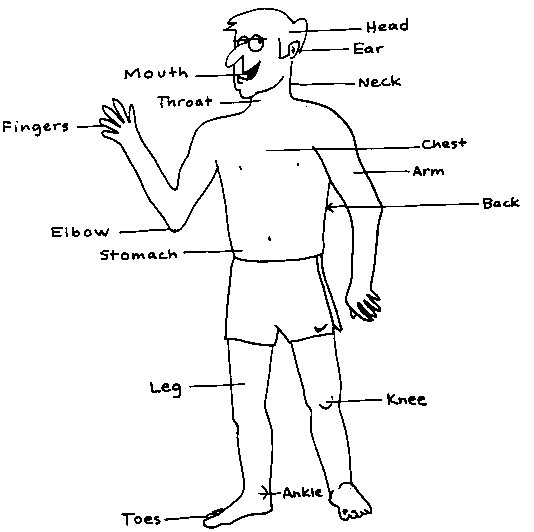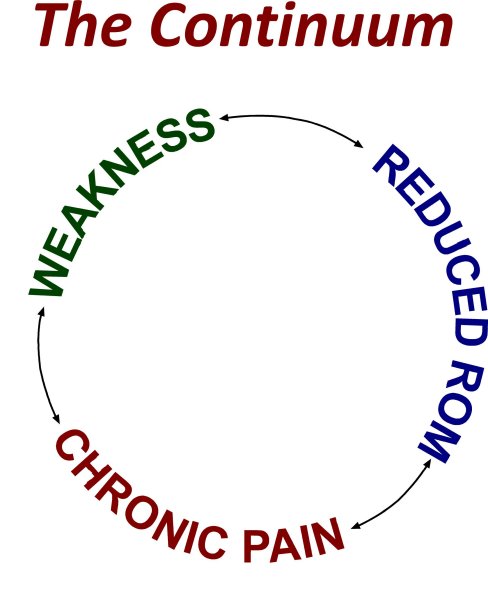Continuum
by Jay Armstrong - October 2012
The Brain Talks
The human body is not just a collection of parts but rather a system. This system is controlled, almost exclusively, by the brain. This system is amazing in so very many ways but let’s talk about communication between the brain and YOU.
When we need food somehow magically we “know” it is time to eat. The same is true with thirst. We magically know many other things: we are too hot; we need sleep, etc. Because of these communication strategies we often believe that the brain can tell us exactly what we need to do. However, we can often be mistaken in this assumption. |
|
 |
Take thirst for example. Very often we can become dehydrated because our sense of thirst doesn’t kick in quickly enough. In addition, we often confuse the senses of thirst and hunger. As a result and seek out a hamburger when what we really needed was a glass of water. The lesson to be learned here is that, like me, the brain is a poor communicator or we need to learn to listen a lot better. In our society, we have come to believe that when something is not right we should seek out a doctor. We do this because we are unable to understand the messages we are receiving from our brain.
Born to Move
We are designed to move. We are built to seek out food, shelter, and companionship. We crave playtime. Most physical problems present themselves as movement problems. This is how the brain communicates with us. If we haven’t eaten nutritious foods or slept enough we may experience fatigue. This is a movement problem. If we ate bad food or too much food our stomach may hurt and we may want to lie on the couch -- yet another movement problem!
How does the brain communicate with us? The brain lets us know what is going on by altering our movements. There are few tools available for this purpose:
- Fatigue
- Limited Range of Motion
- Chronic Pain
- Muscle Weakness
- Impaired Balance
- Reduced Speed of Motion
 |
|
Notice that, if the system is functioning optimally, we don’t have much, if any, of these symptoms. This means the brain is free to do other things like play, run, jump, work, and focus on the activities we want to do. If our brain wants us to do something different or in a different way, it will use one of these tools to talk to us. If everything is great we simply won’t notice.
Since we all move, we are all athletes. Athletes must have exceptional, basic movement skills. There are three elements associated with a decline in basic movement skills that you will often observe when things are not going as well as they should:
- Muscles become weak
- Range of motion is reduced
- Chronic pain develops
|
The Continuum
These three elements form a continuum. (I am not talking here about an acute injury or trauma. That is a separate matter.) These elements are all essentially the same thing. They are messages from your brain. If a muscle becomes weak and we ignore it the range of motion of the nearby joint will become restricted. If we ignore the range of motion issue, eventually an “unexplained” pain will pop up.
Knowledge of this continuum will allow you to better “hear” what your body’s system is trying to tell you. Improved mobility will nearly always reduce chronic pain. Then, it will increase your range of motion. Then, your strength will go up. |
|
 |
Now you know the language your brain is speaking. Start listening to what it is telling you and you will be a healthier and happier athlete.
Talk to your Z-Health practitioner today for more information on how movement and neurological retraining can reduce or eliminate your chronic pain and improve your overall athleticism. Jay Armstrong is a Master Z-Health Trainer located in the Houston area. Jay conducts group kettlebell and mobility classes and sees clients on a one-on-one basis to create pain-free, lifelong excptional athleticism. Contact Jay today at jay@themovementpro.com.
|